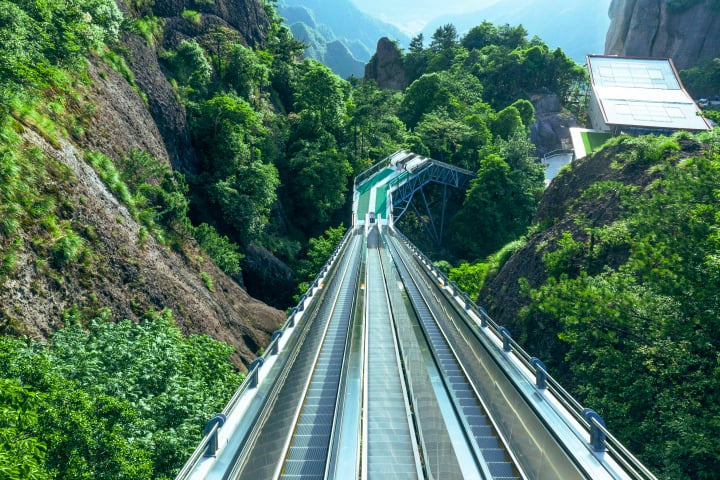The Grotto of the Redemption is an excellent example of what man can achieve with faith and hard work.
Paul Dobberstein was a German immigrant ordained as a priest in 1897. At some point he fell critically ill with pneumonia and vowed he would dedicate his life to building a shrine to The Virgin Mary, if she would save his life. Father Dobberstein survived and soon after his recovery began gathering piles of rocks for his mission. His search for materials lasted 14 years.
Construction of the Grotto of the Redemption, in West Bend, Iowa, began in 1912. Foundations were poured, stone slabs were set into place, all in the name of The Holy Virgin. Father Dobberson was actively involved in the building process and many times his hands would crack and bleed from all the cement. He would say “there isn’t any redemption without a little blood”.
Though West Bend isn’t the best place to look for crystals and semi-precious stones, Paul Dobberstein traveled to Hot Springs, Black Hills and Carlsbad Caverns and managed to gather truckloads of materials for his Grotto of the Redemption. The redeeming priest worked on expanding and improving the grotto until he died, in 1954, at the end of a long day’s work.
At the time of Dobberstein’s death, the Grotto of the Redemption was the size of a city block and is still expanding today. The crystals, semi-precious stones and petrified wood used to decorate the structures of the grotto are said to be worth over $4,300,000.
Considered “the world’s most complete man-made collection of minerals, fossils, shells and petrifications in one place”, the Grotto of the Redemption welcomes over 100,000 visitors every year. It reminds me a lot of the Ideal Palace.





















